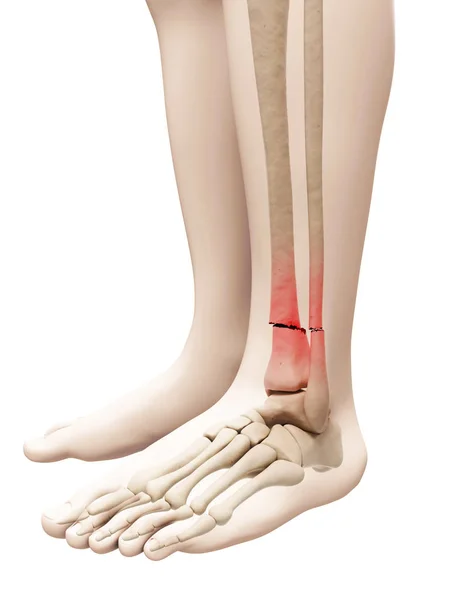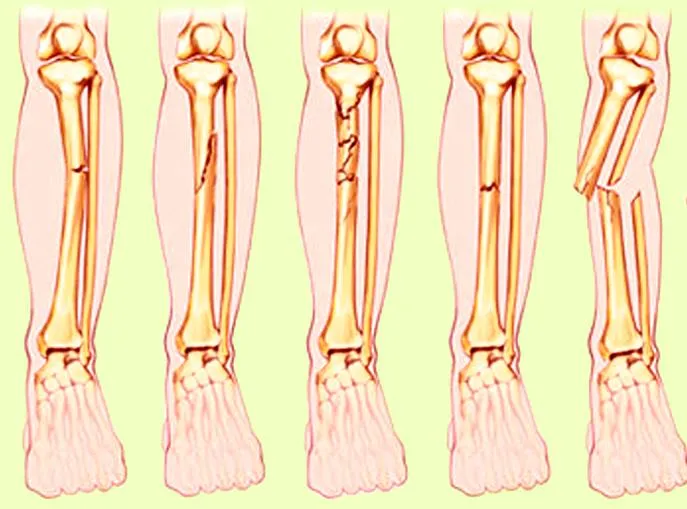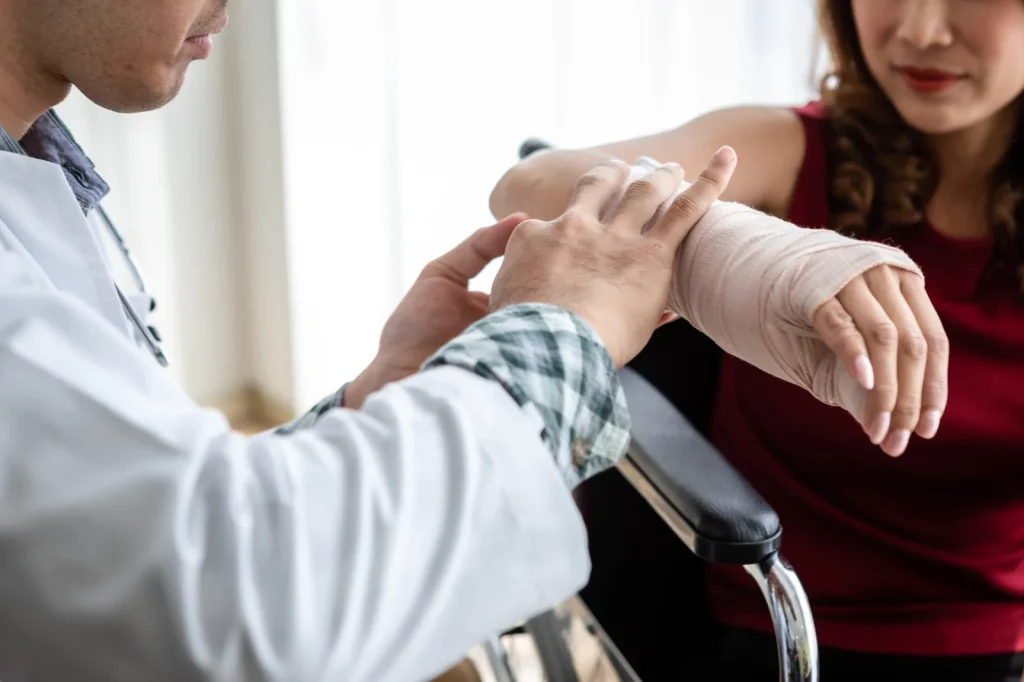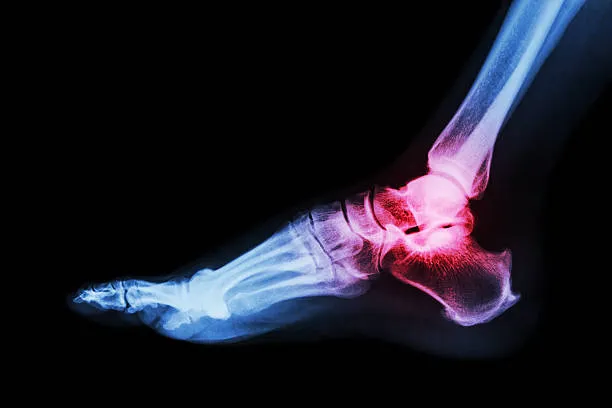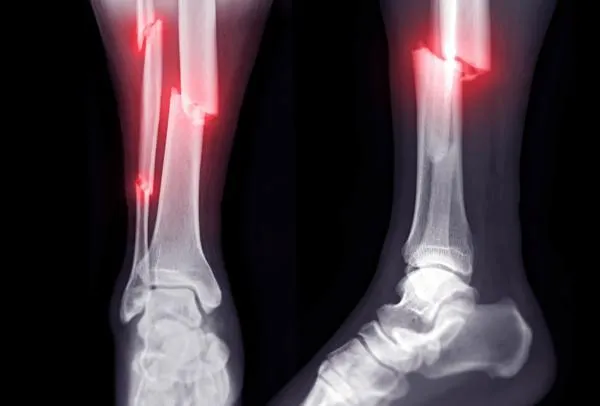How We Work
Frequently Asked Questions about Bow Leg Correction
What are complex fractures?
A complex fracture is a severe break in the bone where the bone is shattered into multiple fragments, involves a joint, is open (exposed through the skin), or does not heal properly. These fractures are harder to treat than simple fractures and often require surgery.
How do you treat a complex fracture?
Complex fractures are usually treated with surgery. Depending on the case, doctors may use external fixation (Ilizarov frame), plates, screws, or rods to stabilize the bone. Bone grafting may also be needed if there is bone loss, followed by physiotherapy for recovery.
Is surgery always needed for complex fractures?
In most cases, yes. Complex fractures are unstable and rarely heal with plaster alone. However, very small stable fractures may sometimes be managed with casts, but the majority require surgical fixation for proper healing.
What is an example of a complex fracture?
Examples include a comminuted fracture (bone broken into many pieces), an open fracture (bone pierces the skin), or a nonunion fracture (bone fails to heal). These are considered complex because they need advanced treatment.
What is the difference between a simple and a complex fracture?
A simple fracture is a clean break where the bone may crack or snap in one place and can often heal with a plaster. A complex fracture is more severe, involving multiple fragments, joints, or complications like infection or bone loss, and usually requires surgery.
What is the hardest fracture to recover from?
Comminuted fractures (multiple fragments) and intra-articular fractures (inside a joint) are among the hardest to recover from. They require precise surgery and long rehabilitation, and complications like stiffness or arthritis are common.
What type of fracture never heals?
A nonunion fracture is when a broken bone fails to heal on its own, even after months. Causes include poor blood supply, infection, or instability. These fractures usually require surgery with fixation and bone grafting to stimulate healing.
How do I know if my fracture needs surgery?
Signs include severe displacement, bones sticking out (open fracture), inability to bear weight, or fractures that are unstable on X-ray. Your doctor will decide based on X-rays/CT scans and stability whether surgery is necessary.
Which fracture does not need surgery?
Simple, stable fractures without displacement often heal with plaster or braces. For example, hairline fractures or minor greenstick fractures in children usually don’t need surgery.
What exercises help recover from a complex fracture?
Physiotherapy exercises are crucial for recovery. These include gentle range-of-motion movements, strengthening exercises, balance training, and gradual weight-bearing as guided by the physiotherapist. Exercise prevents stiffness and rebuilds muscle strength.
What to eat for faster bone recovery?
A balanced diet with calcium (milk, curd, almonds), vitamin D (sunlight, fish, fortified foods), and protein (eggs, pulses, lean meat) helps bones heal faster. Foods rich in zinc and vitamin C also promote bone regeneration.
What is considered a complex injury?
A complex injury is one that involves multiple tissues, not just bone. For example, a fracture combined with ligament damage, nerve injury, or an open wound is considered a complex injury and needs multidisciplinary treatment.
What are the 4 main types of fractures?
The basic types are:
- Simple fracture – clean break, no skin injury.
- Compound (open) fracture – bone pierces the skin.
- Comminuted fracture – bone shatters into several pieces.
- Greenstick fracture – partial break, common in children.
